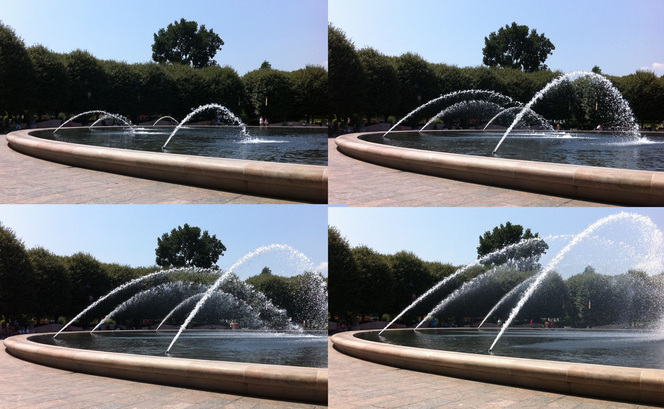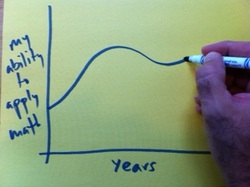
The fountain at the National Gallery of Art Sculpture Garden changes height over time.
0 Comments
 I am considering starting my Algebra 2 class next year with sketching situations in two variables. For example:
When a student sketches a situation, I would expect axes and a reasonable scale. I would also expect a brief explanation of why they sketched it they way they did. From the sketches we could introduce the ideas of: domain (in terms of problem), range, end behavior, function, period, max, min, slope... I would like to keep the "best" sketches on the walls. We would then start grouping sketches in different ways. I am imagining lots of sketches taped on the wall and physically moving them around. Then perhaps we could also move them online for further work. Then I think I will begin introducing all of the parent functions. I am not sure how I would begin that: possible operations with numbers?, just introduce them?, start with lines if they know one more it may lead into operations?. We would then start seeing connections between functions and groups of sketches. What I need suggestions for:
Once we have functions we can then begin simplifying and solving functions to learn the algebra. |